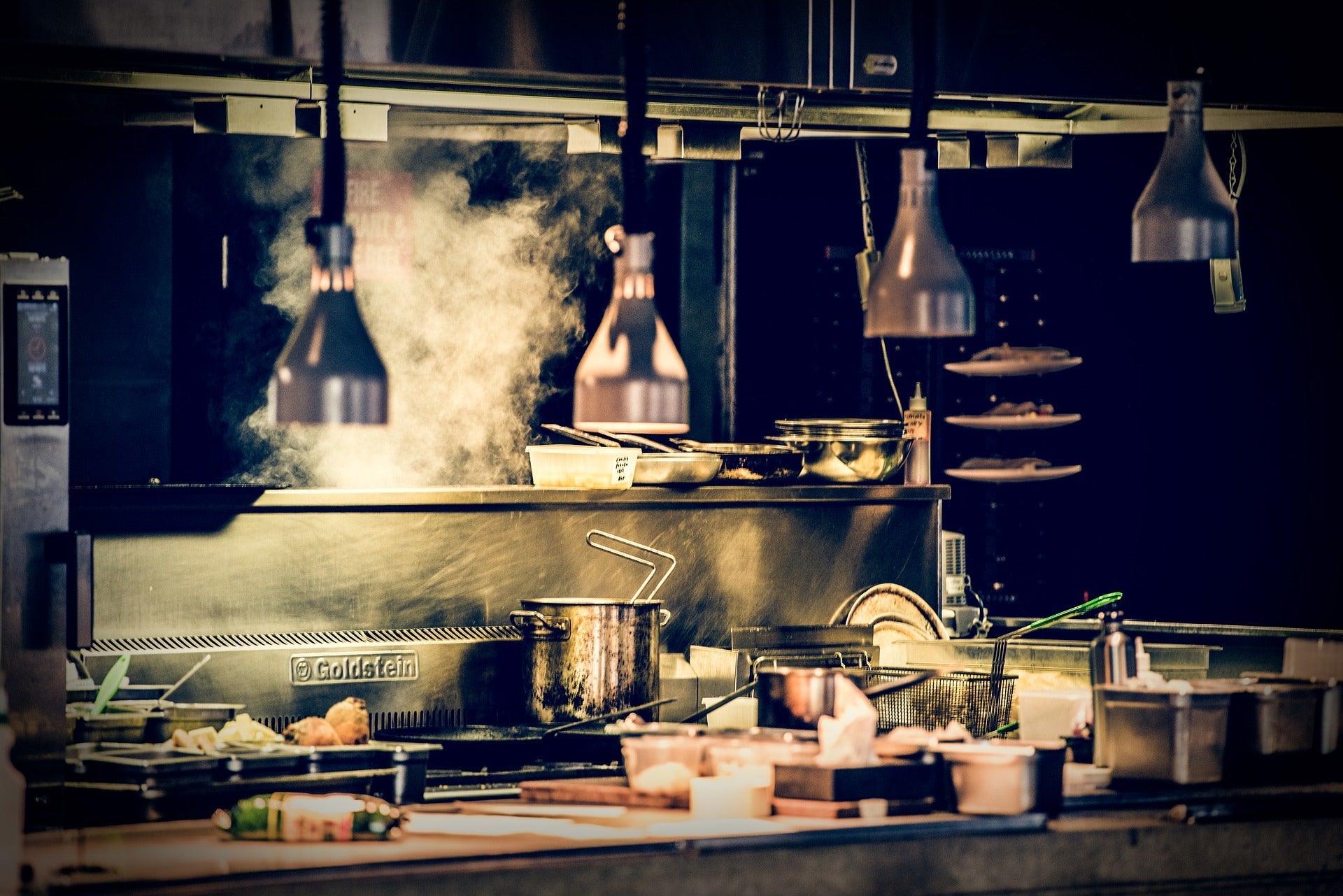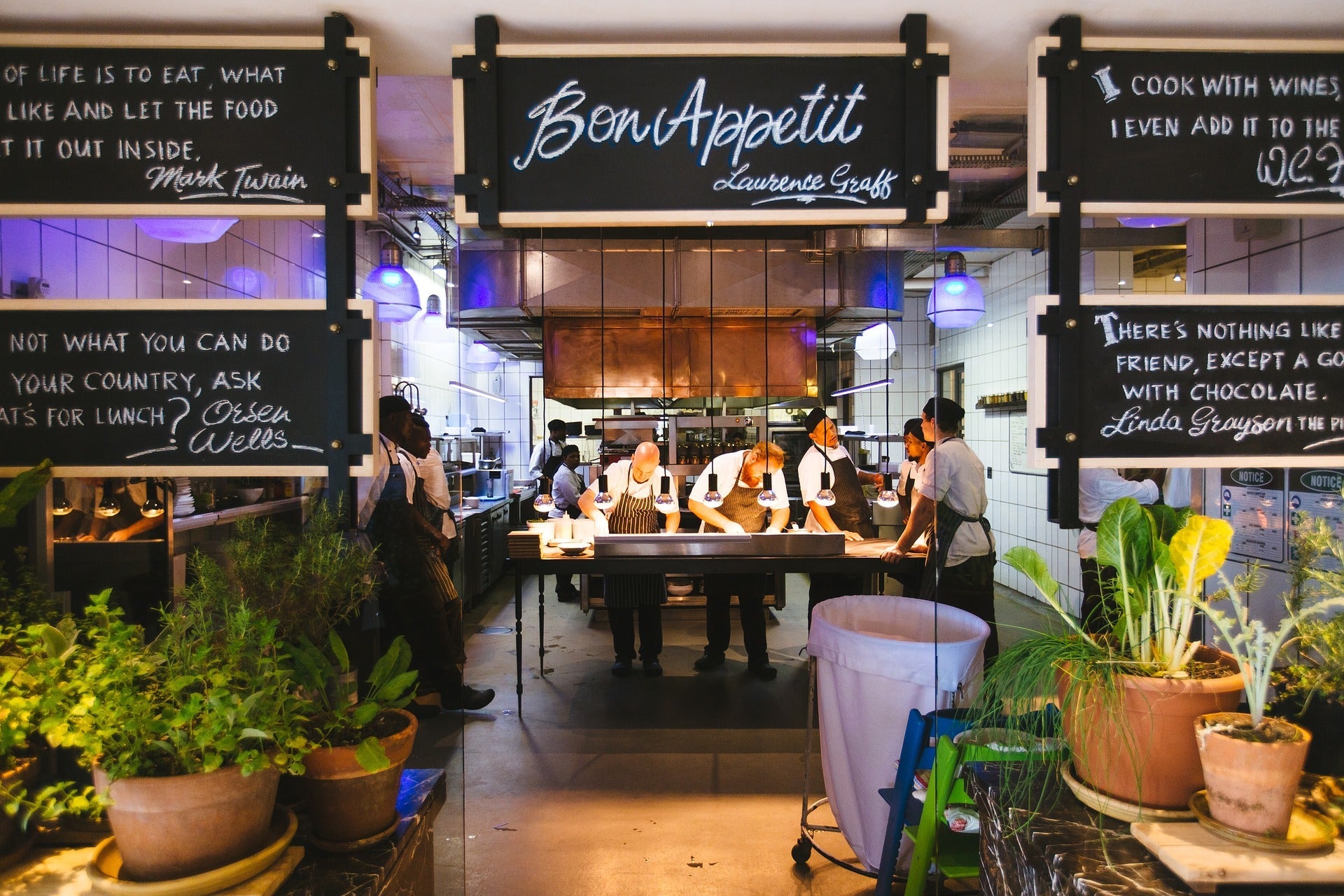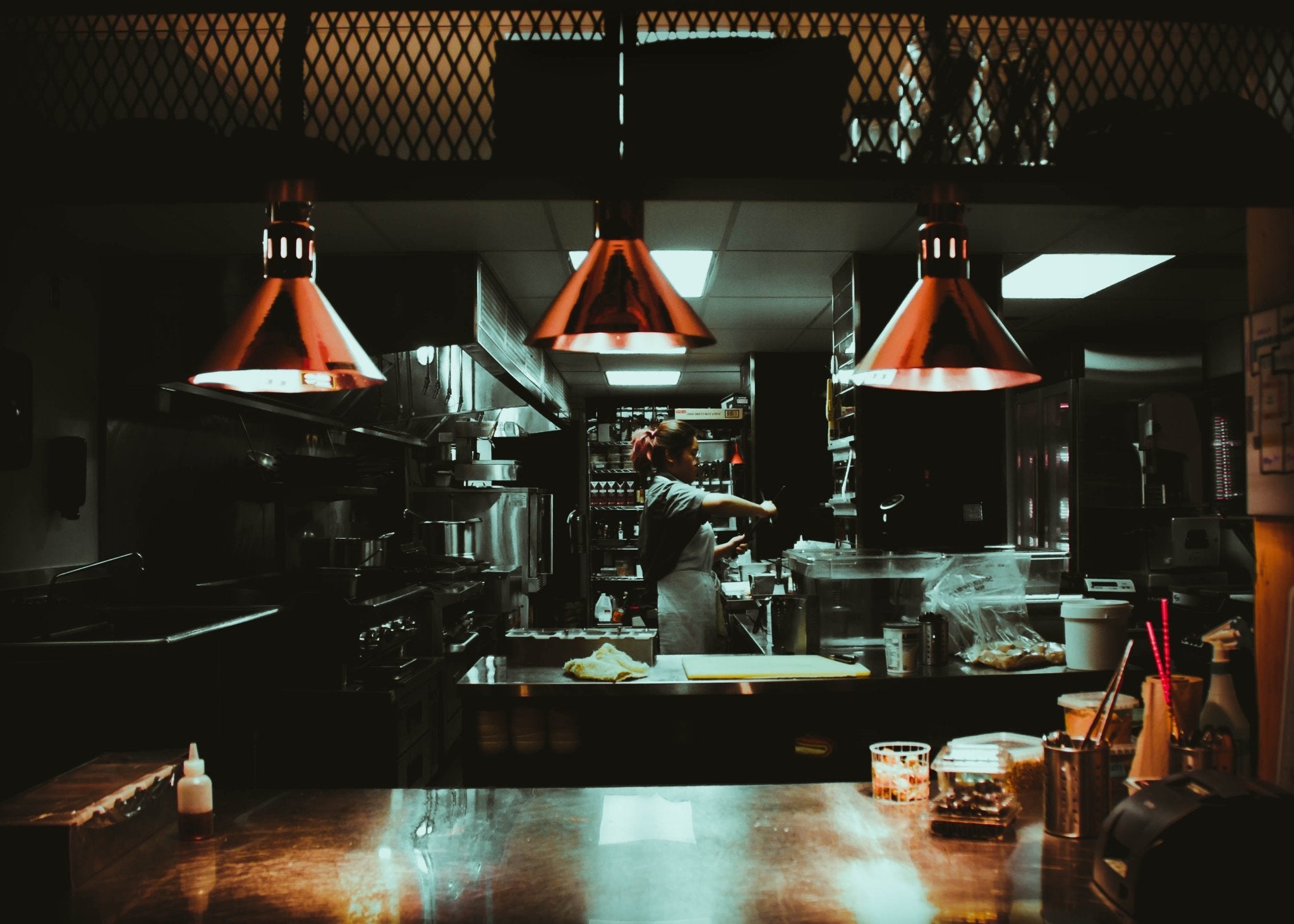Decoding Professional Kitchens: The Saucier Station

While there are many cooking stations in a restaurant with different responsibilities (all requiring their own specialized skill sets), most people residing outside the culinary industry are only aware of a few.
In pop culture the Chef de Cuisine and Sous chef are popularly known which sit atop the kitchen hierarchy, with the former responsible for menu planning and leading the kitchen at the most senior level, and the latter taking over general kitchen operations and coordination between staff. However, beyond these there are a multitude of other specialized positions in the kitchen.
High profile restaurants typically need highly skilled individuals completely specialized in one domain of food preparation. This is all in an attempt for renowned restaurants to keep track of quality control and food consistency, without overloading one particular cook with a multitude of different tasks, which may overwhelm the cook, delay preparation times, and drop the quality of the dish being served.

More about Brigade System
Restaurants over the years have designed cooking stations to ensure all kitchen operations run smoothly on a day-to-day basis. This system as previously mentioned divides responsibilities between cooks, referred to as chef de partie or station chefs that all coordinate and perform their tasks together under the supervision of the sous chef.
The Brigade System, as it is commonly referred to in the culinary industry, is to an extent used in almost all kitchens around the world, from fast food restaurants to full-service kitchens. While every kitchen requires and subsequently does not require certain tasks to be performed in the kitchen based on the cuisine being served, in this blog series we will take a look at all possible chefs de cuisine with all the various roles and responsibilities they have, starting with the saucier station.

The Saucier Station
The Saucier, also commonly referred to as the Sauce Chef, reports directly to the Sous Chef and Chef de Cuisine. The primary responsibility of the Saucier is to create flavorful sauces and gravies that will accompany the dish which are typically protein based. While the word "gravy" refers to any sauce served as a condiment, the term also applies to meat drippings thickened with wheat flour or corn starch.
The Saucier station is often the most respected role in the brigade system, and usually is 3rd in command under the sous chef and chef de cuisine in the kitchen hierarchy. This usually stems from the Saucier's linchpin responsibility within the Brigade System.
While many chefs de partie pass on their dish to the next station in the Brigade System, with some stations even being completely independent of others, the Saucier has a role to play in the preparation of most dishes.

The Role of the Saucier
The Saucier must often work in tandem with other members of the chef de partie in order to get the dish from first ingredient to fully prepared. In most full-service kitchens, the saucier has to work directly with the;
- Garde Manger - the pantry chef, responsible for the preparation of cold dishes
- Rotisseur - responsible for the preparation of roasted meats
- Poissonnier - responsible for all tasks seafood related
- and the different stations that go under the entremetier, the vegetable chef subdivision.
Coordination, communication, and time management skills are often prerequisites for the Saucier.
The Saucier has to be familiar with ingredients such as stocks, butter, herbs, and spices, which typically play some role in the construction of most sauces. With knowledge and plenty of experience, the Saucier usually oversees many of the ingredients that are bought for his station day-to-day and must organize and revise the recipes that will be used in that particular day's menu, chosen by the chef de cuisine.

Tools of The Trade for The Saucier
The main piece of equipment for the Saucier is typically the Saucier pan. A Saucier pan is different from a saucepan by design. Saucier pans often come with wider openings and sloped edges, making it easier for the cook to stir and whisk, allowing the food to be cooked more evenly with a lesser chance of being burnt around the edges of the pan.
This gives Saucier pans a huge advantage over saucepans as even a little bit of burning can greatly affect the quality of the sauce which has to be maintained consistently. That being said, it is still not uncommon to see many Sauciers exclusively using the old-school saucepan, usually out of habit or tradition.
Having the right set of knives is absolutely essential for the saucier. With the essential ingredient of many sauces being vegetables, notably tomatoes and onions, a sharp kitchen knife is required to make the job of the saucier in dicing the vegetables much easier.
Chefs need to ensure that knives are well kept and stored at the right place to avoid damages. While Chef Sac has many options for Sauciers to choose from, the Elite Waxed Canvas Knife Bag series and the Vintage Style designs are the most popular amongst sauce chefs.
Other Types of Cooking Stations
There are many other types of cooking stations, and as we'll take a deeper dive into all of them in the coming weeks, here is an overview of the most other common chef de partie stations you will find in a full-service kitchen.

The Poissonnier Station
Poissonnier originates from the French word "poisson" which means fish, so it's no surprise that this chef oversees the maintenance, preparation, and cooking of all fish and seafood meals.
The Rotisseur Station
This station's chef must be an expert in all things meat. They'll be in charge of preparing various types of red and white meat, using a wide range of different techniques in preparation. A rotisseur will roast, grill, and braise meats. They employ a fast sear to seal in taste and then a lengthy, slow roast on the stove or in the oven.
The Entremetier Station
The entremetier, or vegetable chef is usually in charge of preparing vegetables, starches, and eggs. This station is usually divided into two separate stations, the potager and the legumier, with the former being responsible for cooking soups and the latter being specialized in preparing vegetables and vegetable dishes. As many soups include vegetables as one of the key ingredient, the two substations often work right next to each other and under the same umbrella.
The Pâtissier Station
In a restaurant, a Pâtissier or pastry chef produces all dessert and pastry dishes. They may also be entrusted with making pasta, bread, and other baked items in smaller kitchens. Bigger restaurants and specialized cake stores further specialize within this station, hiring decorators to create complex embellishments for cakes or chocolatiers that specialize in the creation of all things chocolate related.
Wrapping Up
It’s important to understand the different roles of the professional chefs in the kitchen. While not all restaurants will include all these stations depending on the space they have and the type of cuisine they serve, some variation of the brigade system is used in most kitchens across the globe.

No matter where you're currently stationed or aspiring to be, the number one deciding factor of success for all chefs is a drive to learn more and improve their skills on a daily basis. A general overview and understanding of all stations are a must-know for all.
Wherever you are in your current culinary journey, Chef Sac has your back and we are rooting for you!
1 comment





Reliable appliances ensure that orders are prepared quickly, consistently, and to the desired standard, leading to happy customers who are more likely to return and recommend the establishment to others.
https://luus.com.au/range/professional/griddles/